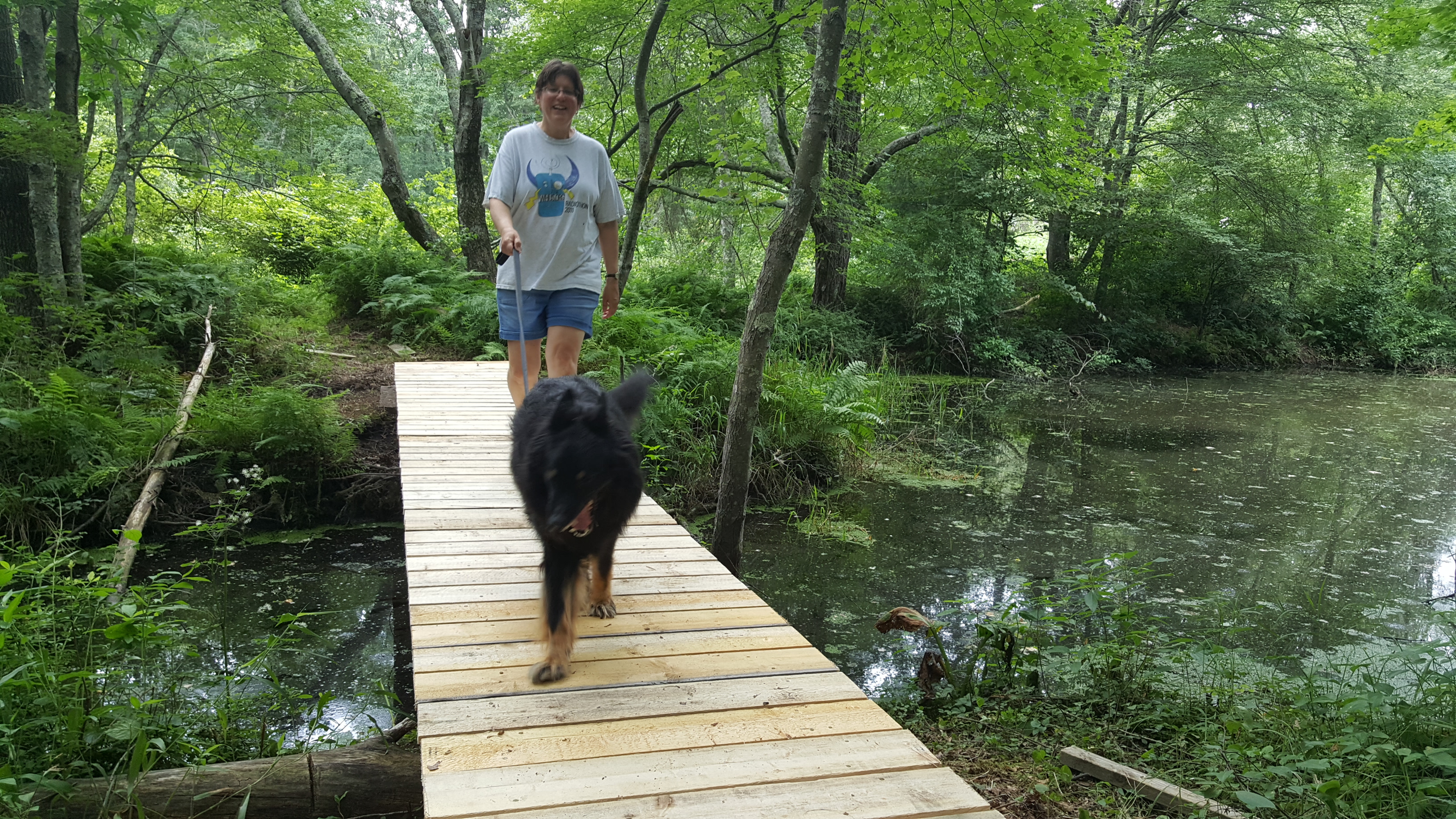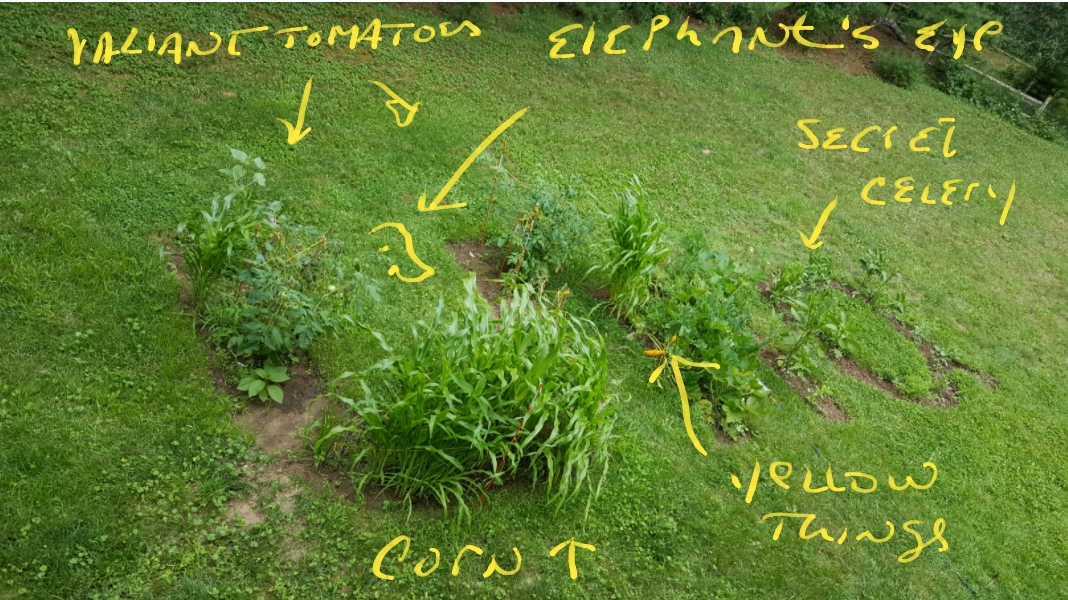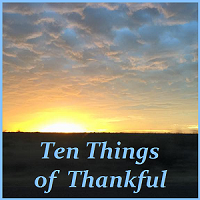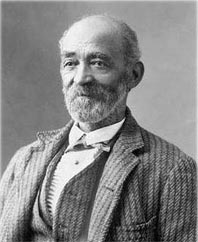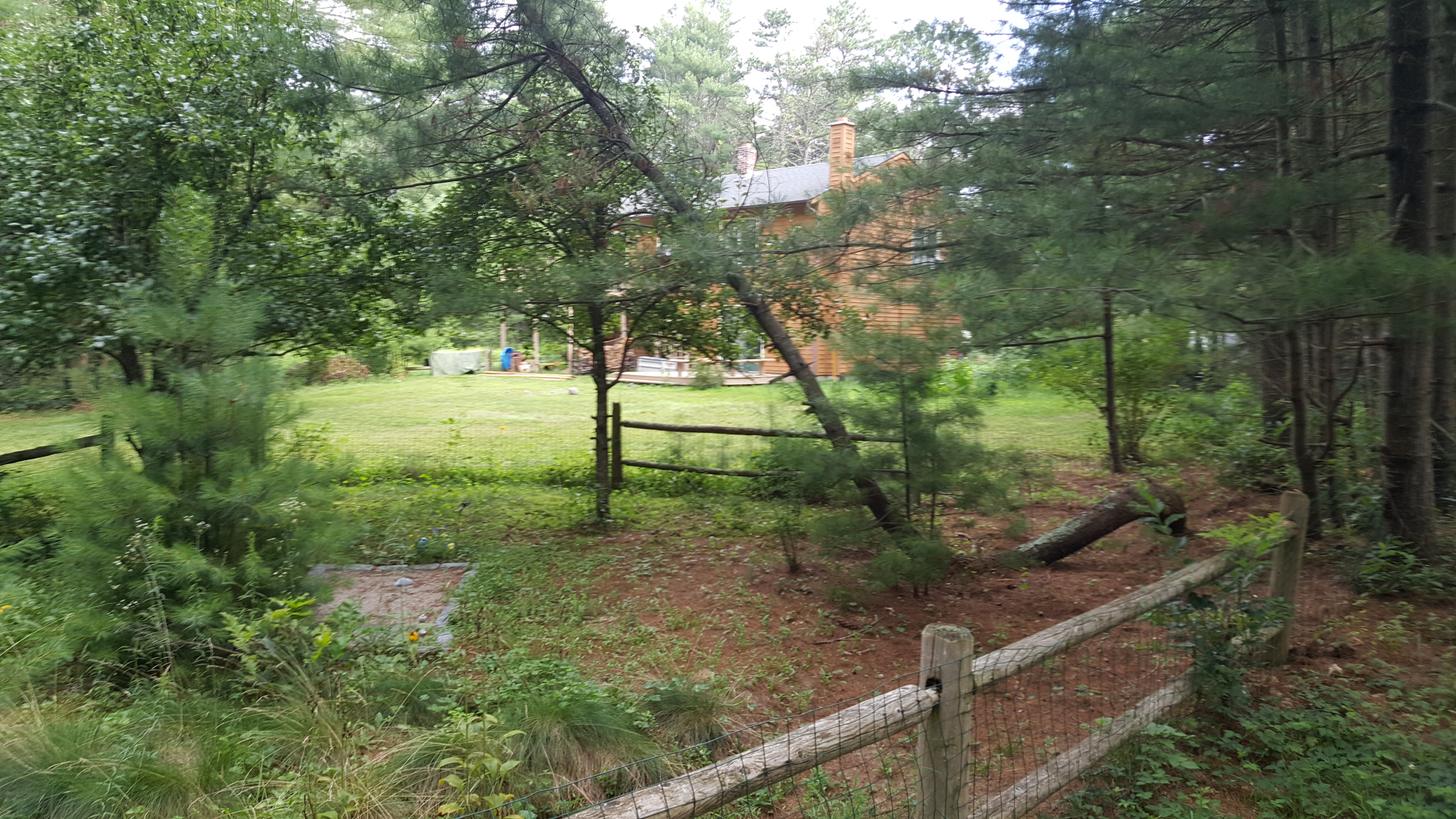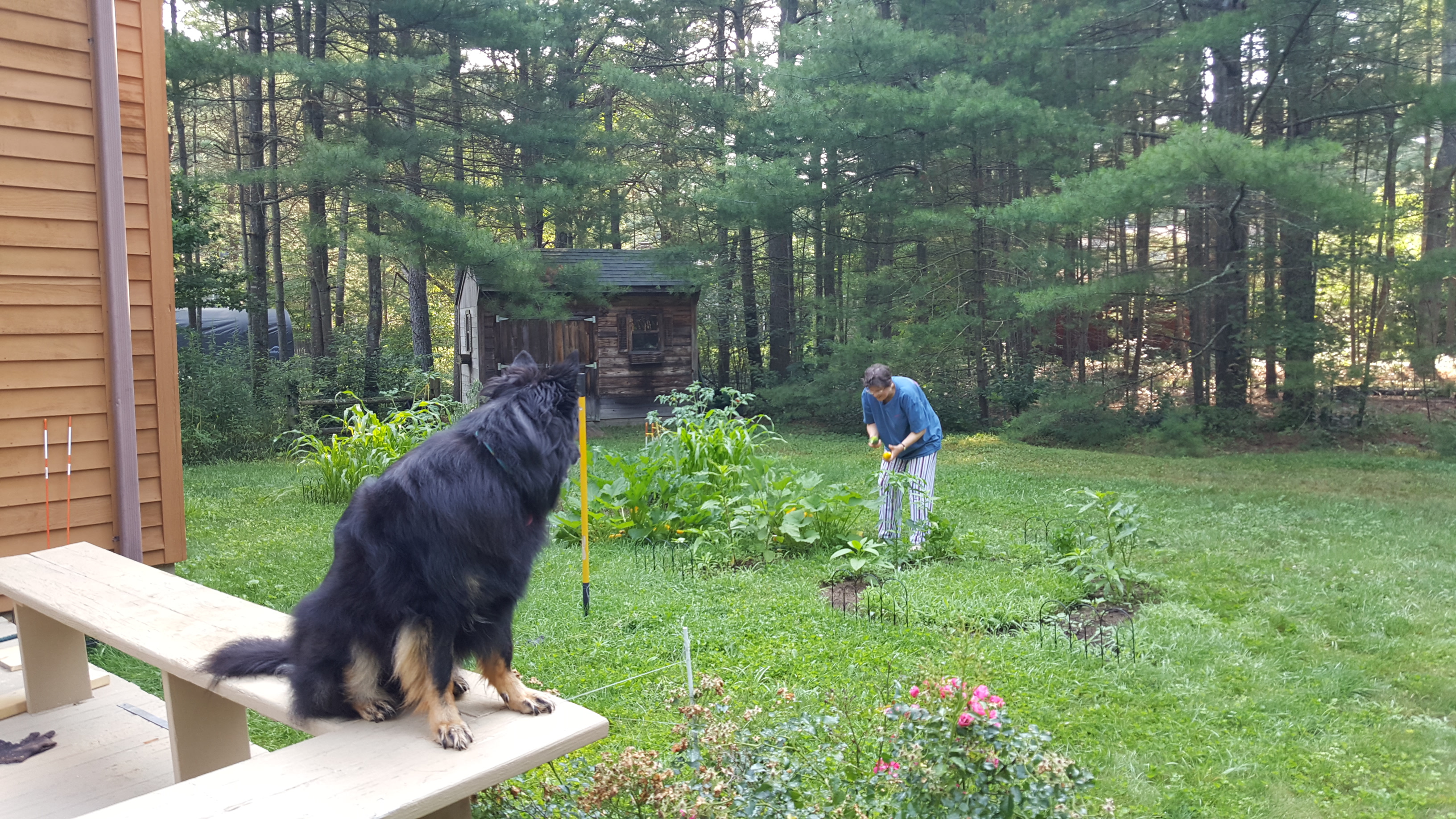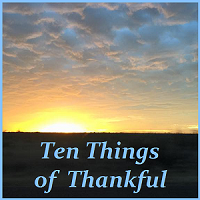Welcome to the Wakefield Doctrine (the theory of clarks, scotts and rogers)
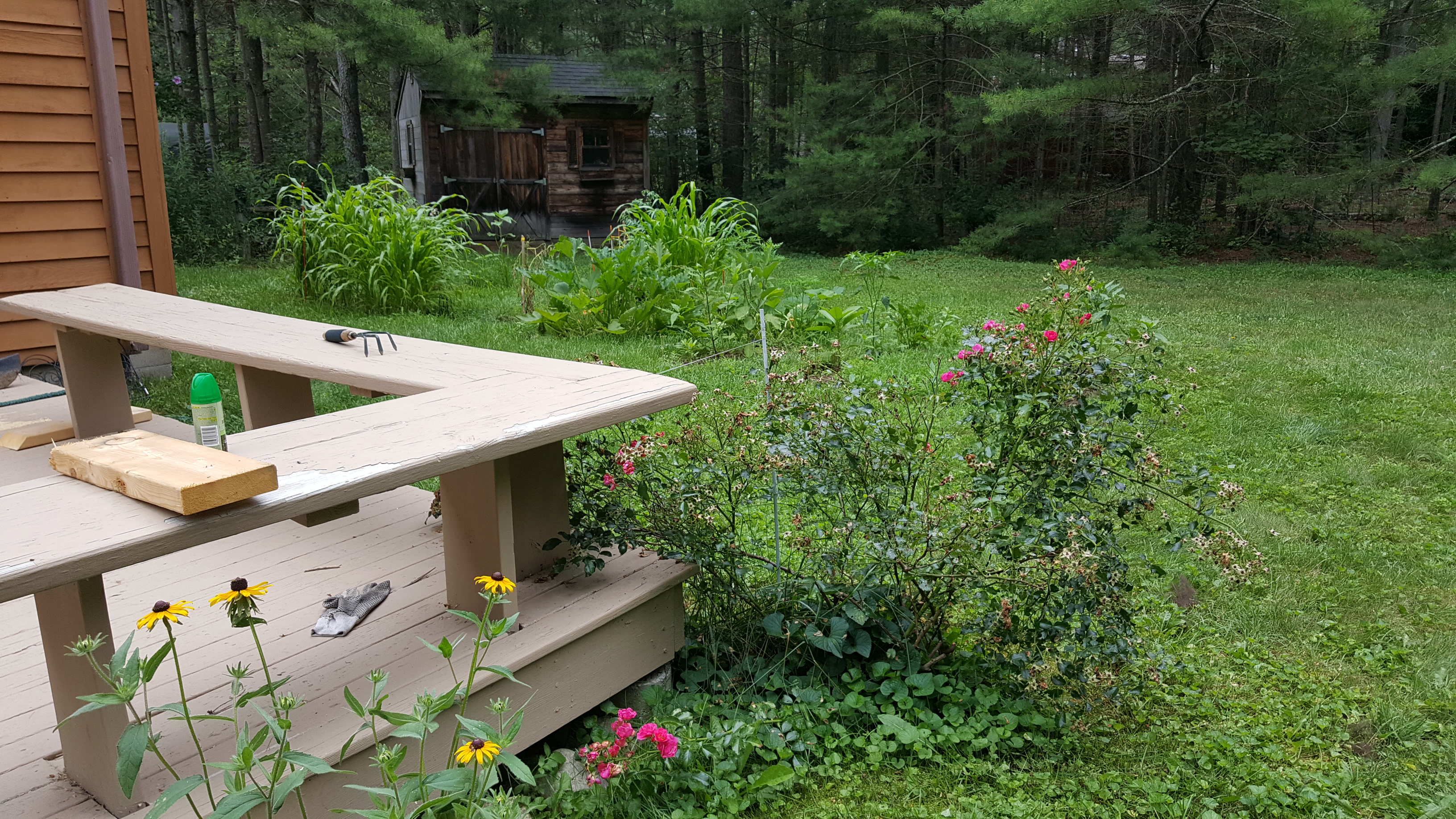
‘Flowers, Deck, Roses and Garden’ (Landscape format) Left lower quarter is the corner of the deck at the back of the house. Like a flat arrow, the bench that defines the corner of the deck is pointing to a rose bush that, by luck and happenstance, occupies the graphic (if not artistic) center of the picture. The rose bush is a variant of the Rosa rugosa (beach rose) and, apparently blossoms (or blooms or flowers or whatever you call it) more than once a season. New red flowers among old and missing flowers, whats not to like? Anchoring the bottom left are some sun flowers. Along the top half of the scene is the much-grown, Una’s garden. (Why yes, everything at our house, or at least outside our house has a name and/or place in the family life.)
Welcome to the Ten Things of Thankful (TToT). Josie’s weekly evocation and celebration of all things gratitudinistic*. Come, join the growing crowd who realize, (not that they forgot it, but with the constant drone of the angry, but stinger-less bees that grow increasing in numbers in some corners of the virtual world, sometimes we misplace our healthy centers), that looking back, (and isn’t all reality and life really series of remembrances, sequences long and infinitesimally brief, postcards from our own lives), and celebrating (and sharing) the good (and the bad) is way better than trying to fight the voice inside that says, ‘But….(fear)… be careful…(fear)’
ya know?
This, like anyone other than a New Reader would not have guessed, is the Wakefield Doctrine. This is our TToT.
1-3) Ola’s Bridge complete

‘As a matter of fact, she does have a hammer’ Phyllis beginning the final phase of construction of the bridge. She is kneeling at the edge of the newly attached boards that form the decking of the bridge. She is reaching with her right hand for a hammer that is lying on the newly cut board, (a pale, pine white-into-wood hue). Next to the hammer is a red carpenter’s pencil, used to keep the spacing between the planks consistent. Just below the hammer (from our perspective) is the box of nails that will create a whole from the multiple parts. The box is fire engine red with a surprisingly bright yellow label.
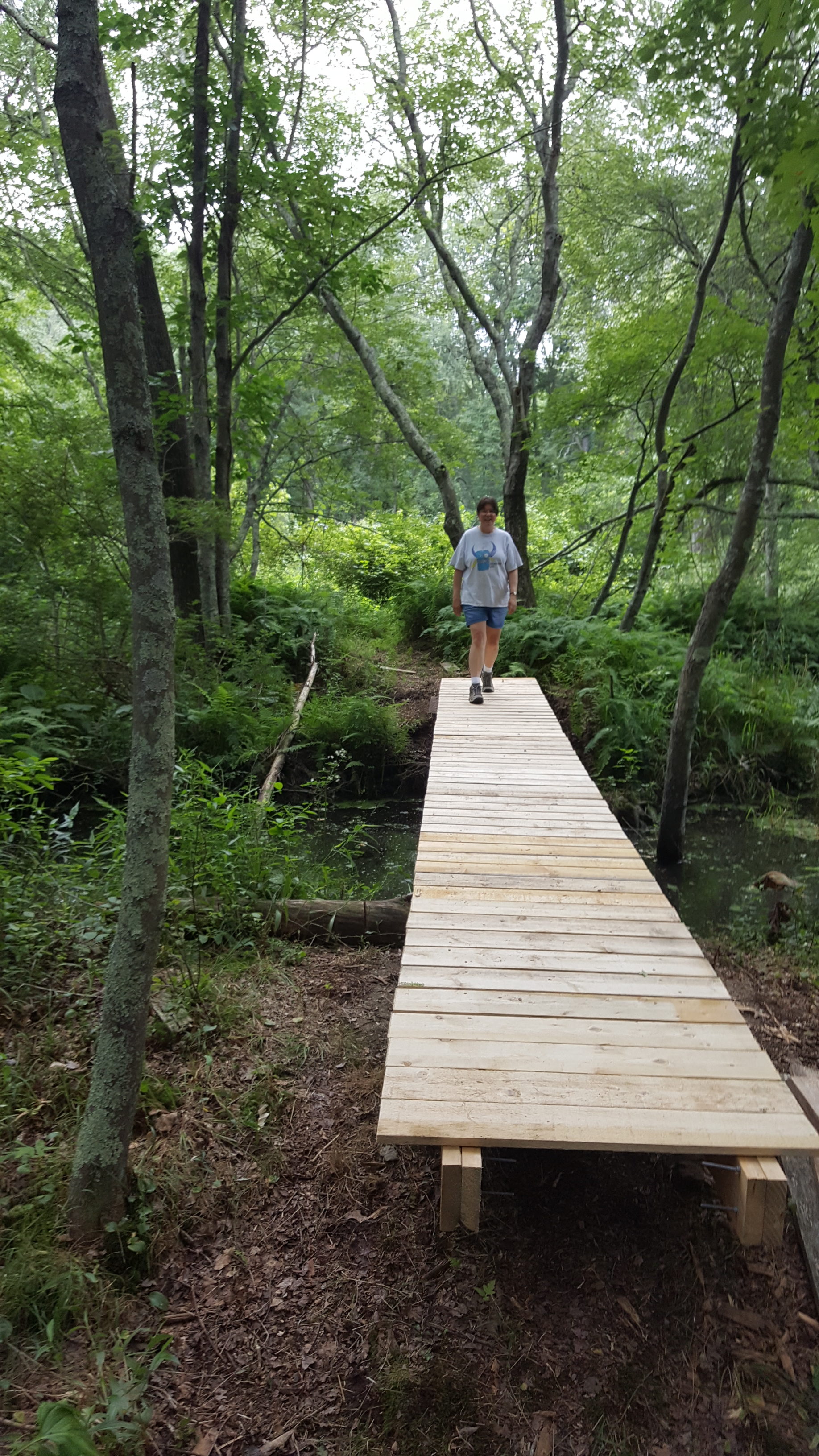
Phyllis on the Other Side (Portrait format) Phyllis crossing the bridge from the far side. The surrounding is shades of green. The bridge is a blonde-on-light-brown rectangle. It’s long enough to show a narrowing (due to perspective, Red Shift or the curvature of the Earth) as it appears in the center-right fore ground and recedes up the center of the scene.
4) Phyllis, Una and Denise: Constructionae Extrodinare for the success of the current iteration of Ola’s Bridge.
5) Seeing as we mentioned her, one of the most iconic, (to the breed and to the individual dog), photos in our possession,

‘Big Smile, Big Teeth’ A photo of our first dog, Ola. Ola is the center of the photo (quite characteristically, as she was the most photogenic of all our dogs). She is lying her right side on a couch. The couch cushions rise and form a backdrop, half (of this backdrop) is a dark brown corduroy quilt. Ola has her head up (there is a pillow to her right), it is easy to imagine that, before the photo was taken, she was asleep, her head on the pillow. She is, however, quite awake. She is looking at the camera and she is smiling, in the way that all dogs have, but some breeds, not the least of which, German Shepherds, have the coloring that totally makes you see a smiling dog. Ola had light brown and black colorings. In fact, her back disappears against the dark brown of the quilt on the back of the couch. From her shoulders upwards, the predominate color is light brown. Her ears are quite prominent and totally alert (the hint that this is not a harmless, half-groggy from sleep animal). The conical triangles of her ears have a black bordering, enough to highlight the pinkish inner ears. (Like a bunny rabbit, provided the bunny rabbit could run as fast a man on a bicycle and was un-abashedly carnivorous.) Her eyes are dark, and she has an accent of light brown, arching over her eyes, but with two sharp black eye brows right above the inner corner of her eyes. (If Rene Russo were to reincarnate as a German Shepherd, everyone, family and the AKC alike would approve.) Ola’s mouth is open in that smiling-so-unaffectedly-to-cause-the-lower-jaw-to-drop slightly sort of way. Her tongue is pink and her teeth are white. There is an intelligence in her eyes that is, imo, startling. (But then again, each year for a week or so after her birthday, when Phyllis’s car would appear coming down the driveway, Ola would go to her toy box, find the birthday present toy among the laundry basket full of others and stand at the door. (I would be in and out of the house all day and nary a glance at the toy… but for Phyllis, who got home once a day, it was a whole different matter.)
6) The un-named detective in the work-in-progress, ‘The Mystery of the Missing Starr’, has a name. Finally! His name is Ian Devereaux and, well, maybe this excerpt will give you an idea of the man, “I live alone in a house meant for a large family. I used to have a dog. I used to have a wife. My wife divorced me and my dog died. I really miss the dog.”
7) Speaking of discontinuous hopes and realizations: theres trouble in Toemahtoe City (photo at 11*) One dead, one dying, one holding out and last being stalked by Bambi and her band of vegan cannibals.
8) (Sunday Supplement)
9) the Book of Secret Rules (aka Secret Book of Rules) It is both the rabbit hole, the little cake with ‘Eat Me’ icing, a free-form Thesaurus, a (non)TV Guide, Cliff Notes, and ‘Life and Everything Else for Dummies’. Fun. Not sure when to use the SBoR/BoSR? Whenever you can cite an appropriate Rule.***
10) SR 1.3
* not a ‘real’ word
**11 am Sunday, that is
*** preferred citation guidelines for use of Secret Rule(s): Chapter, verse, (chorus, if there is one) and an op.cit. (if ya think you can pull it off). Extra standing attributed if you can manage [t]hose crazy parenthesis that you know someone at the Chicago Manuel of Style stuck in there, just to mess with us.
(song in head, of a more modern vintage)
